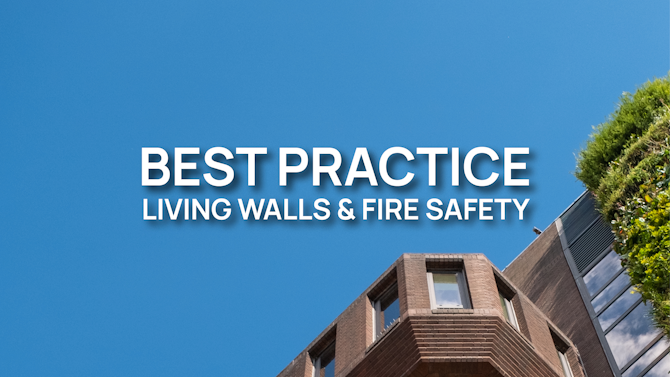Living Walls and Fire Safety: Best Practice Guide
This guidance details industry best practice for Living Walls to maximise fire safety and demonstrate compliance with the regulations regarding fire safety and external cladding.
It includes recommendations on specifications, material selection, including plants as well as detailing robust irrigation and maintenance procedures to assure of continued compliance.
The purpose of this Best Practice Guidance is two-fold:
- To clarify details of the June 2022 update to Approved Document B with specific reference to Living Walls as external cladding
- To allow any regulatory or other body to specify and condition Living Walls as external cladding with confidence.
